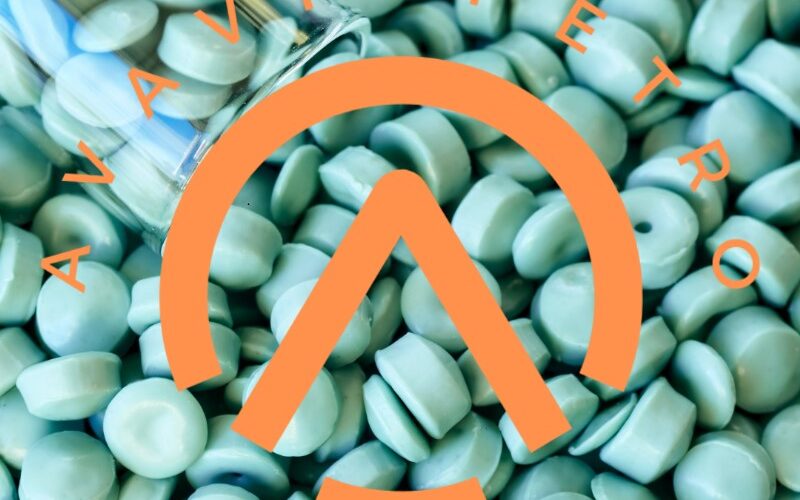Mastering MFR Classification for Polyethylene Materials: Unraveling the Key Insights
Introduction
In the realm of polymer science and materials engineering, understanding the MFR Classification of Polyethylene Materials is pivotal. This classification system provides valuable insights into the properties and applications of polyethylene, a versatile polymer widely used in various industries. In this comprehensive guide, we delve into the intricacies of MFR classification, shedding light on its significance and how it influences the performance of polyethylene materials.
What is MFR Classification?
Defining MFR
MFR, or Melt Flow Rate, is a crucial parameter in the classification of polyethylene materials. It quantifies the ease with which molten polymer flows through a specific orifice under standardized conditions. Measured in grams per 10 minutes (g/10min), MFR is a key indicator of the material’s flow properties during processing.
The MFR Classification System
Polyethylene materials are categorized based on their MFR values, leading to the creation of distinct classifications. These classifications range from Low MFR to High MFR, each offering unique characteristics and applications.
Unraveling the Classifications
Low MFR Polyethylene: Unyielding Strength and Durability
Polyethylene materials with a Low MFR exhibit excellent strength and durability. These materials are ideal for applications requiring robust structures and high impact resistance. Common uses include the production of heavy-duty containers, pipes, and industrial components.
Medium MFR Polyethylene: Striking a Balance
Medium MFR polyethylene strikes a balance between strength and flexibility. This classification finds applications in a myriad of industries, including packaging, where a combination of toughness and malleability is essential. Additionally, medium MFR polyethylene is favored in the manufacturing of household products and consumer goods.
High MFR Polyethylene: Enhanced Processability
Characterized by a higher melt flow rate, High MFR polyethylene offers enhanced processability during manufacturing. This makes it suitable for applications where intricate shapes and intricate designs are required. High MFR polyethylene is commonly used in the production of thin films, coatings, and various molded products.
Factors Influencing MFR
Understanding the factors that influence MFR is crucial for optimizing material selection and processing conditions.
Molecular Weight
The molecular weight of polyethylene significantly impacts its MFR. Higher molecular weights often result in lower MFR values, indicating reduced flowability. Conversely, lower molecular weights lead to higher MFR values, signifying improved melt flow.
Temperature and Pressure
Processing conditions, such as temperature and pressure, play a pivotal role in determining the MFR of polyethylene materials. Elevated temperatures and lower pressures generally result in higher MFR values, influencing the material’s final properties.
Applications Across Industries
Automotive Sector
In the automotive sector, the MFR classification of polyethylene materials plays a vital role in the production of durable components, ensuring optimal performance and safety.
Packaging Industry
Medium MFR polyethylene finds extensive use in the packaging industry, providing a perfect balance between toughness and flexibility for diverse packaging needs.
Construction and Infrastructure
Low MFR polyethylene’s unyielding strength makes it a preferred choice in the construction and infrastructure sector, where durability is paramount.
Conclusion
Mastering the MFR classification of polyethylene materials empowers industries to make informed decisions in material selection, process optimization, and product development. From the unyielding strength of low MFR polyethylene to the enhanced processability of high MFR counterparts, each classification opens doors to diverse applications.
Written by Emir Narin

